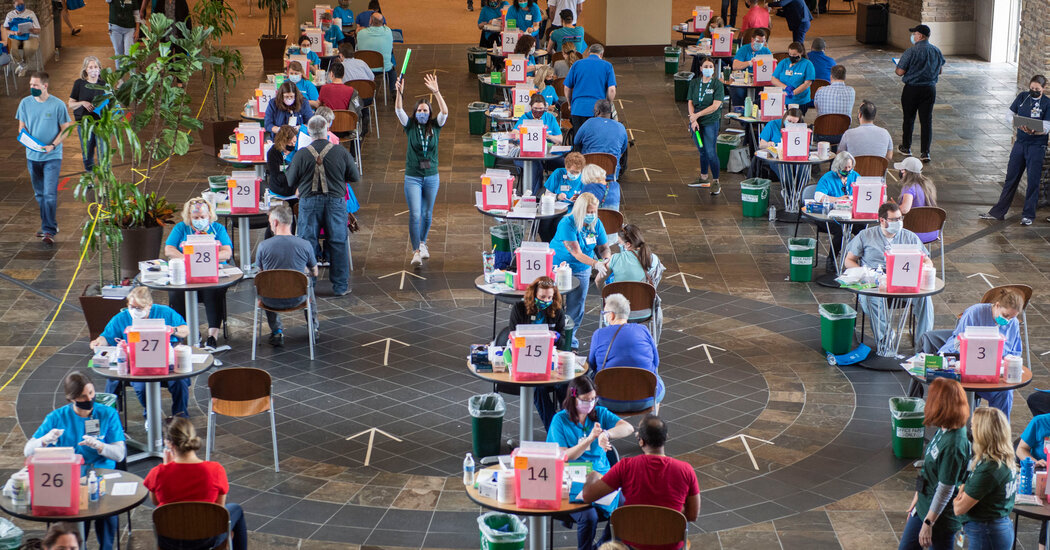Road salts and other human sources are threatening world's freshwater supplies
When winter storms threaten to make travel dangerous, people often turn to salt, spreading it liberally over highways, streets and sidewalks to melt snow and ice. Road salt is an important tool for safety, because many thousands of people die or are injured every year due to weather related accidents. But a new study led by Sujay Kaushal of the University of Maryland warns that introducing salt into the environment — whether it’s for de-icing roads, fertilizing farmland or other purposes — releases toxic chemical cocktails that create a serious and growing global threat to our freshwater supply and human health.
Previous studies by Kaushal and his team showed that added salts in the environment can interact with soils and infrastructure to release a cocktail of metals, dissolved solids and radioactive particles. Kaushal and his team named these cascading effects of introduced salts Freshwater Salinization Syndrome, and it can poison drinking water and cause negative effects on human health, agriculture, infrastructure, wildlife and the stability of ecosystems.
Kaushal’s new study is the first comprehensive analysis of the complicated and interconnected effects caused by Freshwater Salinization Syndrome and their impact on human health. This work suggests that the world’s freshwater supplies could face serious threats at local, regional and global levels if a coordinated management and regulation approach is not applied to human sources of salt. The study, which calls on regulators to approach salts with the same level of concern as acid rain, loss of biodiversity and other high-profile environmental problems, was published April 12, 2021, in the journal Biogeochemistry.
“We used to think about adding salts as not much of a problem,” said Kaushal, a professor in UMD’s Department of Geology and Earth System Science Interdisciplinary Center. “We thought we put it on the roads in winter and it gets washed away, but we realized that it stuck around and accumulated. Now we’re looking into both the acute exposure risks and the long-term health, environmental, and infrastructure risks of all these chemical cocktails that result from adding salts to the environment, and we’re saying, ‘This is becoming one of the most serious threats to our freshwater supply.’ And it’s happening in many places we look in the United States and around the world.”
When Kaushal and his team compared data and reviewed studies from freshwater monitoring stations throughout the world, they found a general increase in chloride concentrations on a global scale. Chloride is the common element in many different types of salts like sodium chloride (table salt) and calcium chloride (commonly used for road salt). Drilling down into data from targeted regions, they also uncovered a 30-year trend of increasing salinity in places like the Passaic River in northern New Jersey and a 100-mile-plus stretch of the Potomac River that supplies drinking water to Washington, D.C.
The major human-related salt source in areas such the Northeastern U.S. is road salts, but other sources include sewage leaks and discharges, water softeners, agricultural fertilizers and fracking brines enriched with salts. In addition, indirect sources of salts in freshwater include weathering roads, bridges and buildings, which often contain limestone, concrete or gypsum, all of which release salt as they break down. Ammonium-based fertilizers can also lead to the release of salts in urban lawns and agricultural fields. In some coastal environments, sea-level rise can be another source of saltwater intrusion.


